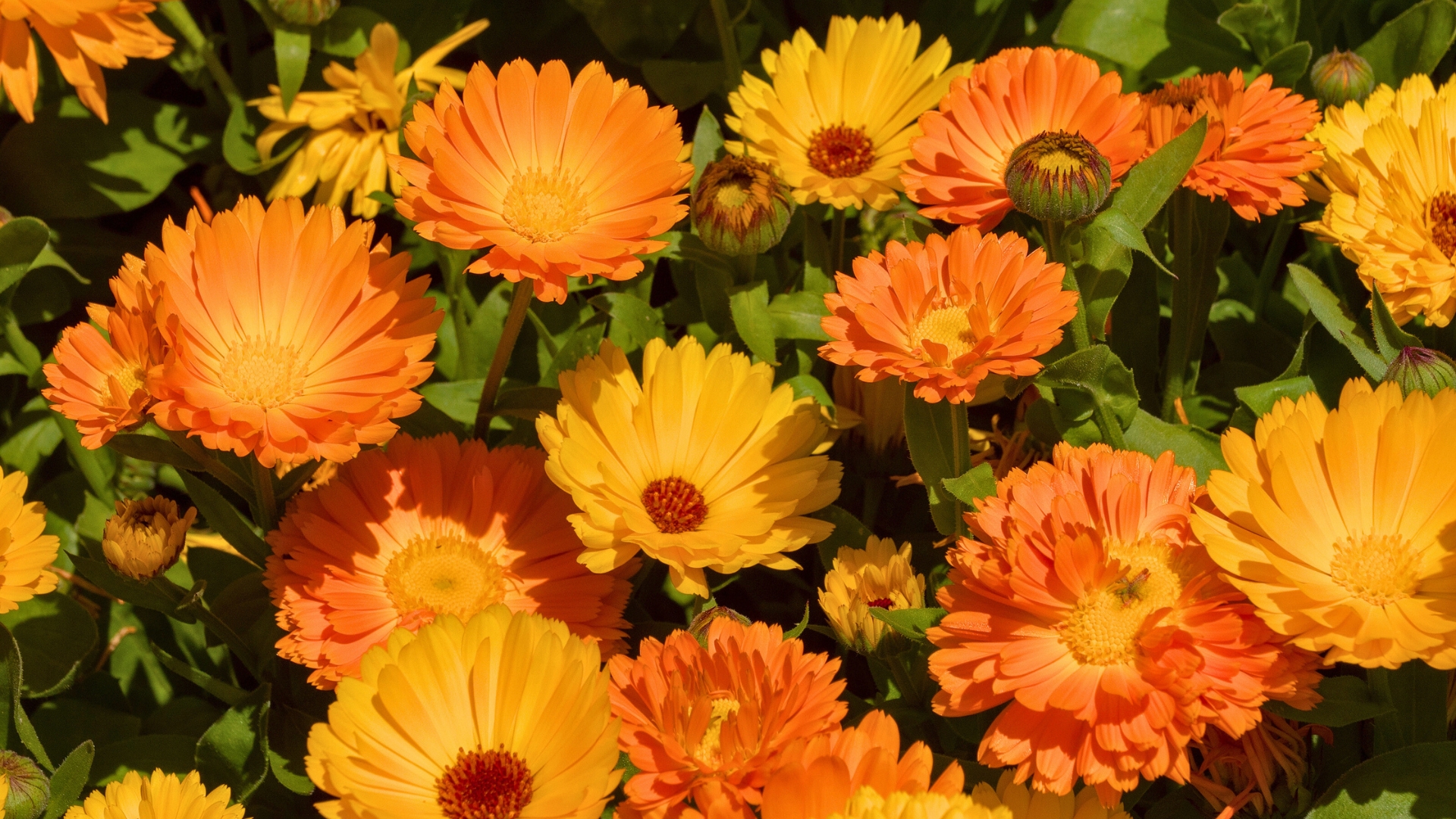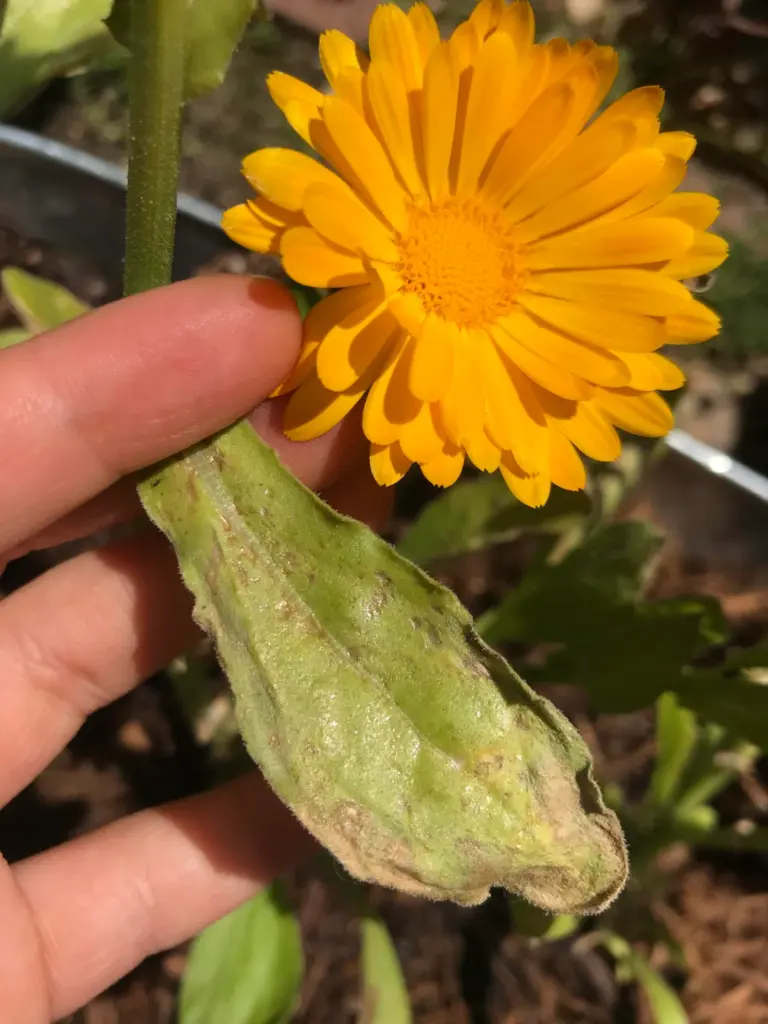9 Warning Signs That May Help You Keep Your Calendula Healthy
Calendulas are cheerful and hardy, but they do send signals when something’s off. I’ve learned to spot a few warning signs that can save the plants before problems get serious.
From drooping leaves to unusual spots, paying attention makes all the difference. Catching issues early keeps these bright flowers thriving in the garden.
With these tips, your calendulas can stay healthy and vibrant all season long.
1. Yellowing Leaves
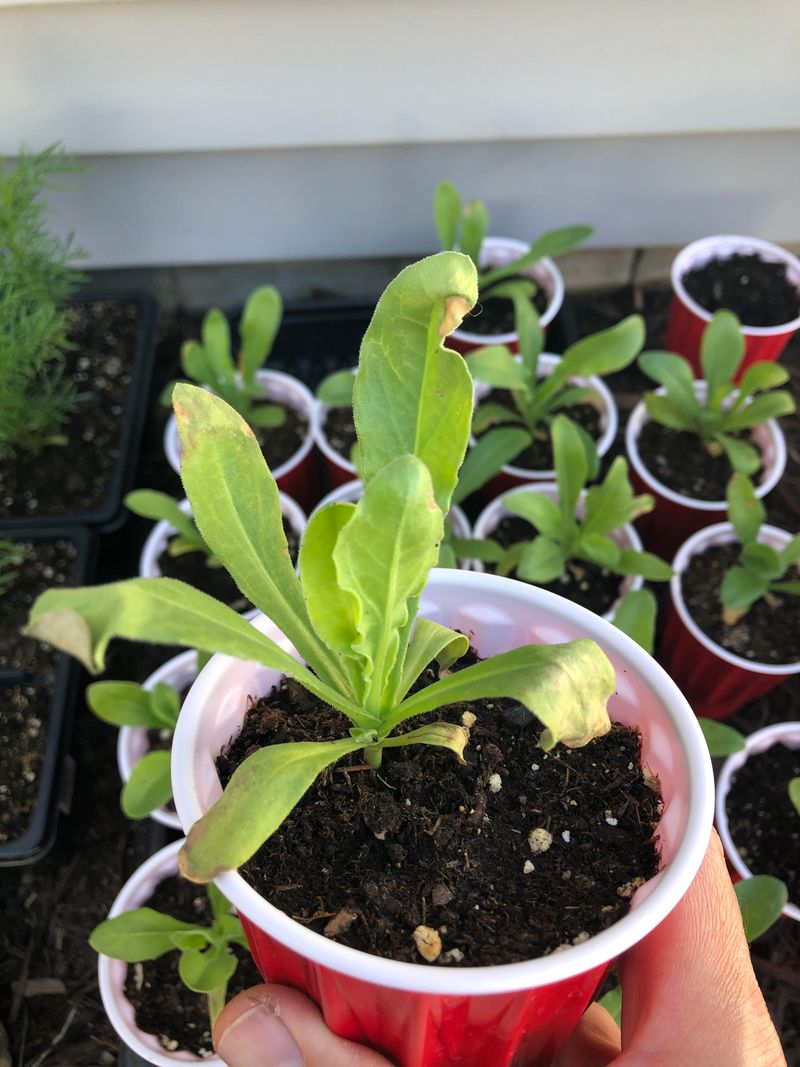
Bright yellow patches appearing on your calendula’s leaves often signal overwatering or poor drainage. The roots are essentially drowning, preventing proper nutrient uptake throughout the plant.
Cut back on watering immediately and check that your pots have adequate drainage holes. For garden-planted calendula, consider adding some sand or perlite to improve soil structure if the area tends to stay soggy after rain.
2. Powdery Mildew
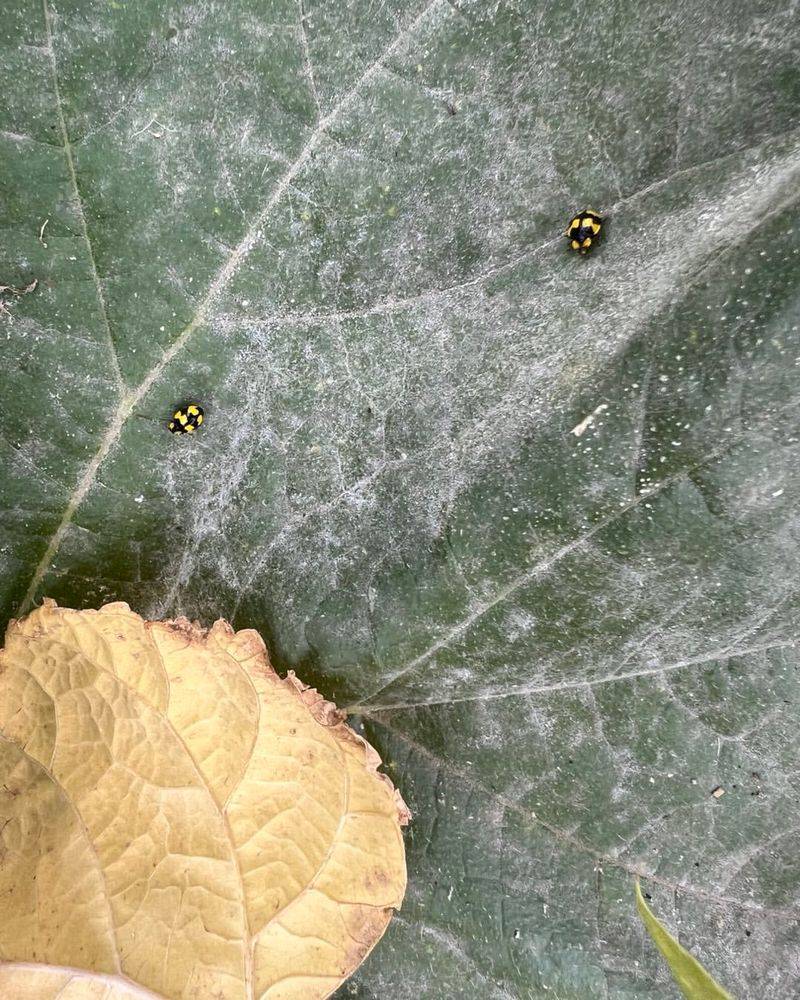
A white, flour-like coating on your calendula’s leaves isn’t a dusting of pollen – it’s likely powdery mildew taking hold. This fungal infection spreads quickly in humid conditions with poor air circulation.
Remove affected leaves immediately to prevent spreading. Space plants further apart to improve airflow, and water at soil level rather than from above. A simple homemade spray of one part milk to nine parts water can help prevent future outbreaks.
3. Stunted Growth
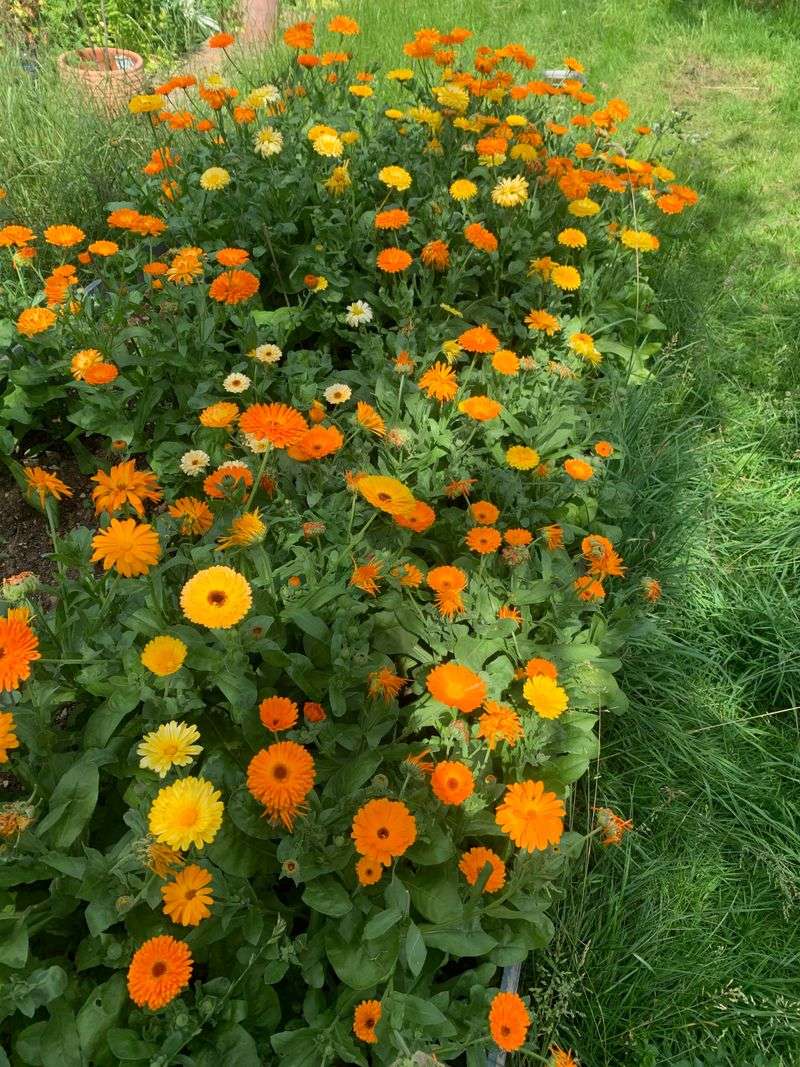
When your calendula seems frozen in time, not growing taller or producing new leaves, nutrient deficiency is often the culprit. Plants lacking essential minerals simply can’t build new tissue effectively.
Give your struggling plant a boost with organic compost tea or a balanced, diluted fertilizer. Focus on nitrogen for leafy growth and phosphorus for flower production. Remember that both over-fertilizing and under-fertilizing can cause problems!
4. Wilting Flowers
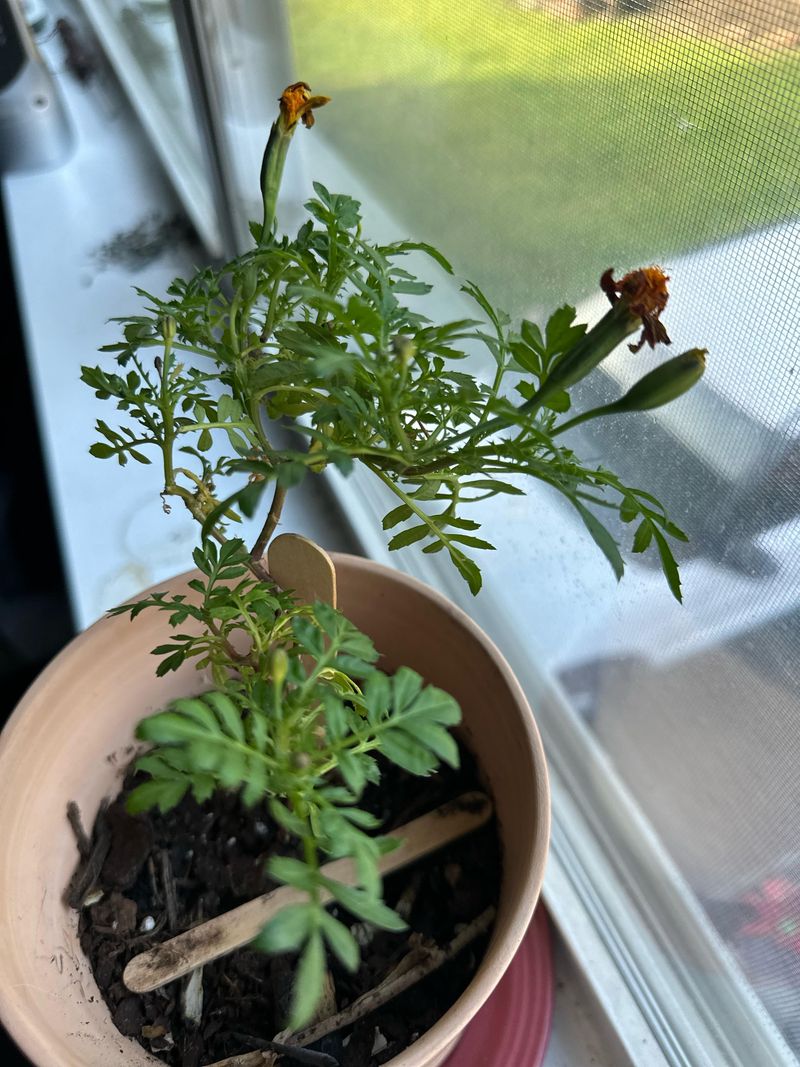
Flowers drooping despite adequate watering often indicates heat stress or transplant shock. Your calendula is essentially conserving energy by reducing the surface area exposed to sun and wind.
Provide temporary shade during the hottest part of the day using garden cloth or a strategically placed umbrella. For newly transplanted calendula, maintain consistent soil moisture and avoid fertilizing until the plant shows signs of recovery and new growth.
5. Brown Leaf Edges
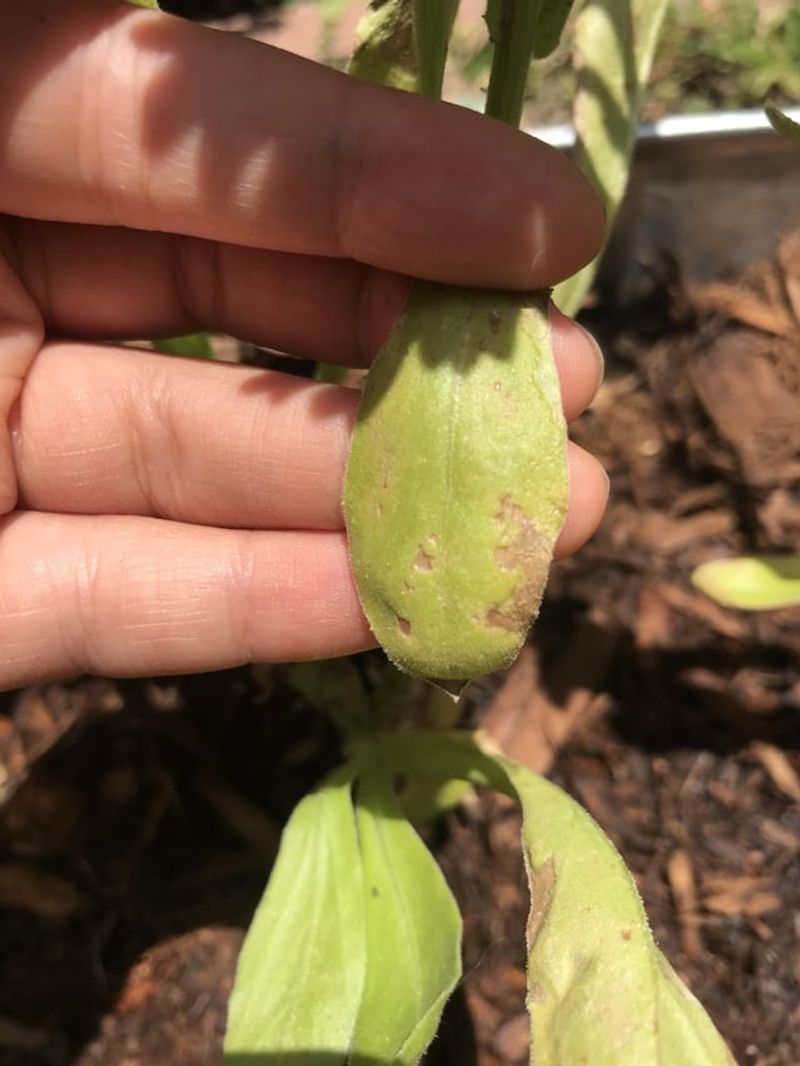
Crispy, brown edges appearing on your calendula’s leaves typically signal low humidity or inconsistent watering. The plant cells at the leaf margins are actually dying from moisture stress.
Create a more consistent watering schedule rather than alternating between bone dry and soaking wet soil. Adding a thin layer of mulch helps maintain soil moisture. For potted plants, consider placing them on a tray with pebbles and water to increase humidity.
6. Leggy Stems
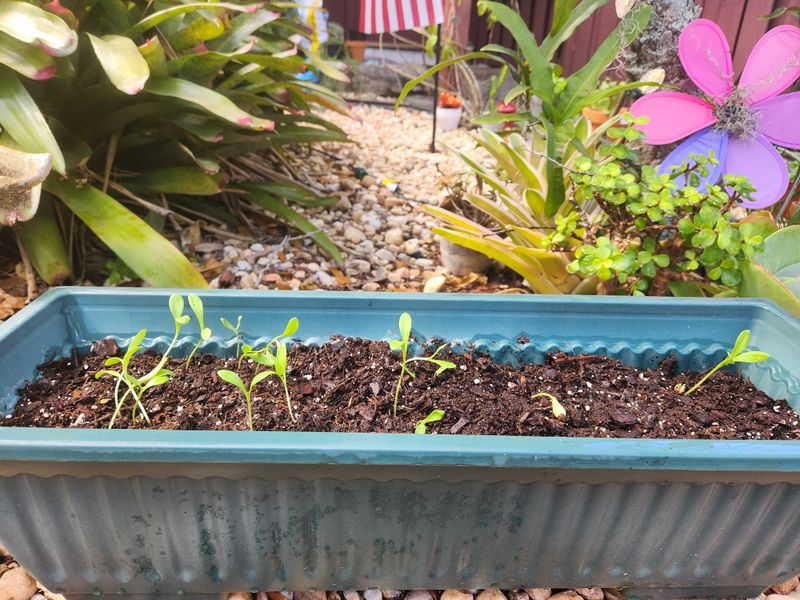
Long, thin stems with sparse foliage mean your calendula is desperately stretching toward light. This common problem creates weak plants that topple easily and produce fewer flowers.
Relocate indoor plants to a south-facing window or add supplemental grow lights. For garden calendula, consider trimming back nearby plants that might be casting shade. Pinching back the leggy stems can encourage bushier growth once lighting issues are resolved.
7. Pest Invasion
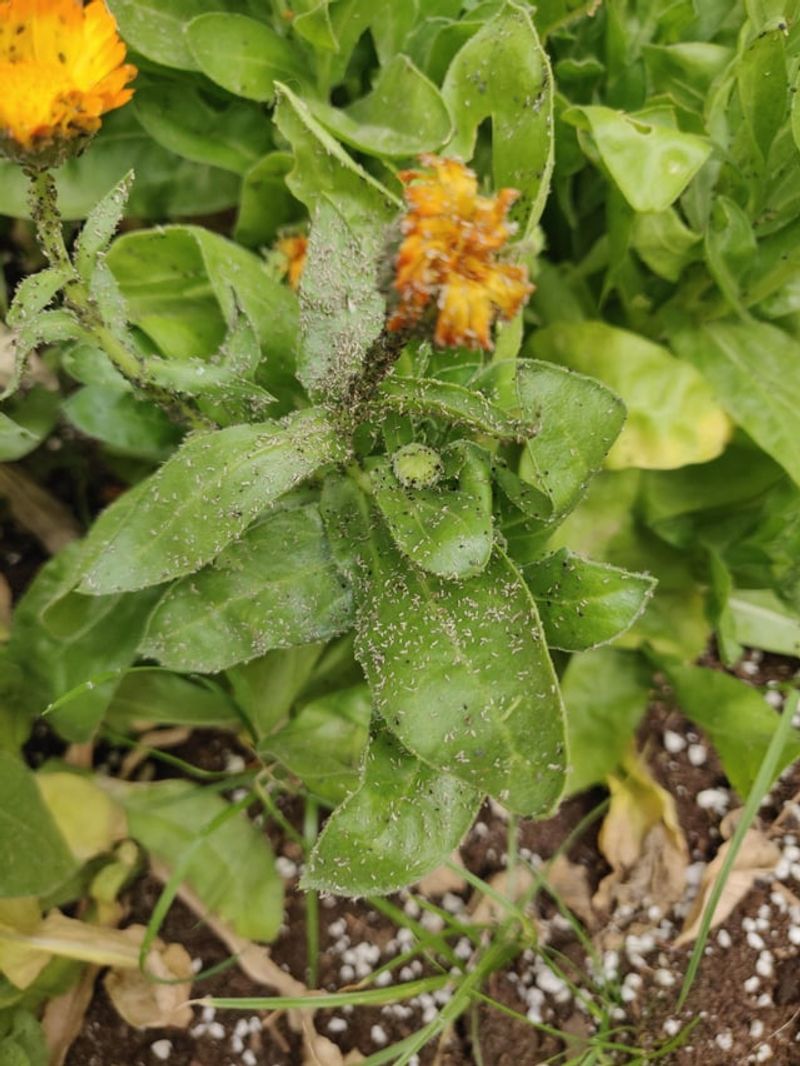
Tiny holes appearing in leaves or sticky residue on stems often indicates unwelcome visitors like aphids or slugs. These pests suck plant juices or chew through tissue, weakening your calendula over time.
Inspect the undersides of leaves where pests often hide. A strong spray of water can dislodge many insects, while diatomaceous earth creates a barrier against slugs. Neem oil offers organic protection against multiple pests without harming beneficial insects like bees.
8. Bud Drop
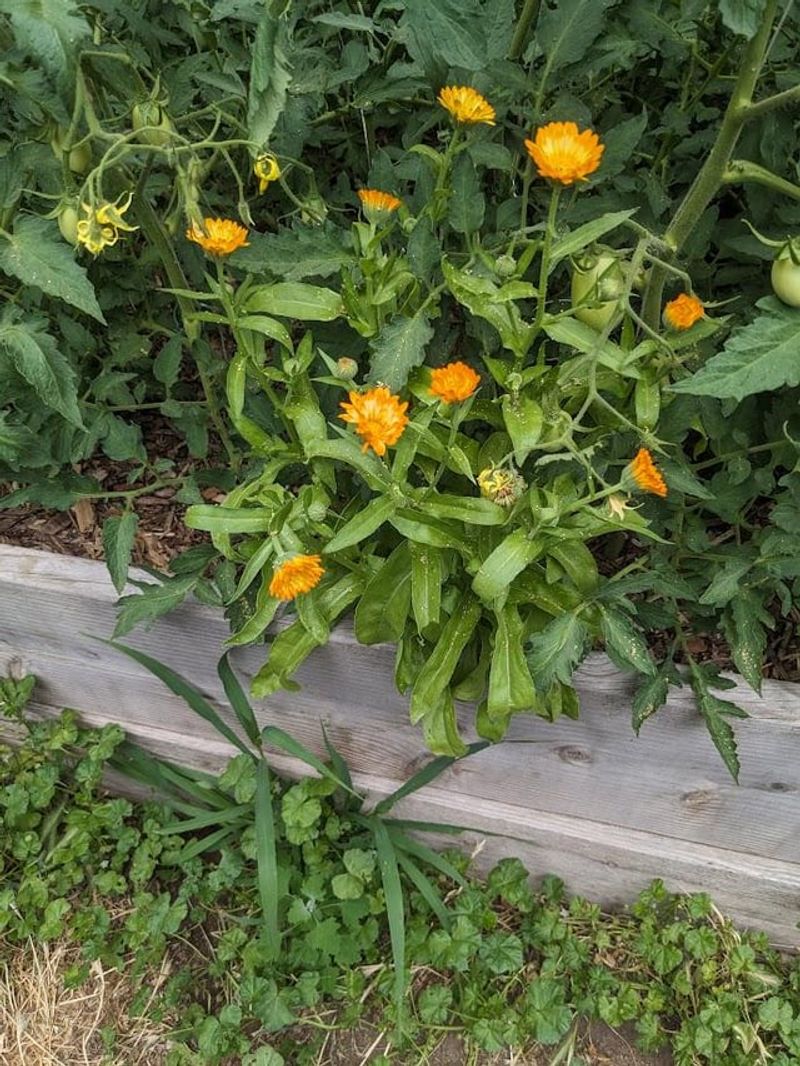
Flower buds falling off before opening signals environmental stress – often temperature fluctuations or inconsistent watering. Your calendula is conserving energy by abandoning reproductive efforts during tough times.
Protect plants from cold drafts and hot, dry air. Maintain consistent soil moisture, especially during bud formation. Adding a layer of organic mulch helps moderate soil temperature and moisture levels, creating a more stable environment for your calendula to flourish.
9. Leaf Spots
Dark or discolored spots appearing on your calendula’s leaves often indicate a fungal or bacterial infection. These pathogens thrive in wet conditions or when leaves remain damp for long periods.
Remove affected leaves promptly to prevent the infection from spreading. Ensure proper spacing between plants for airflow, water at the base rather than overhead, and consider applying an organic fungicide if the problem persists.

